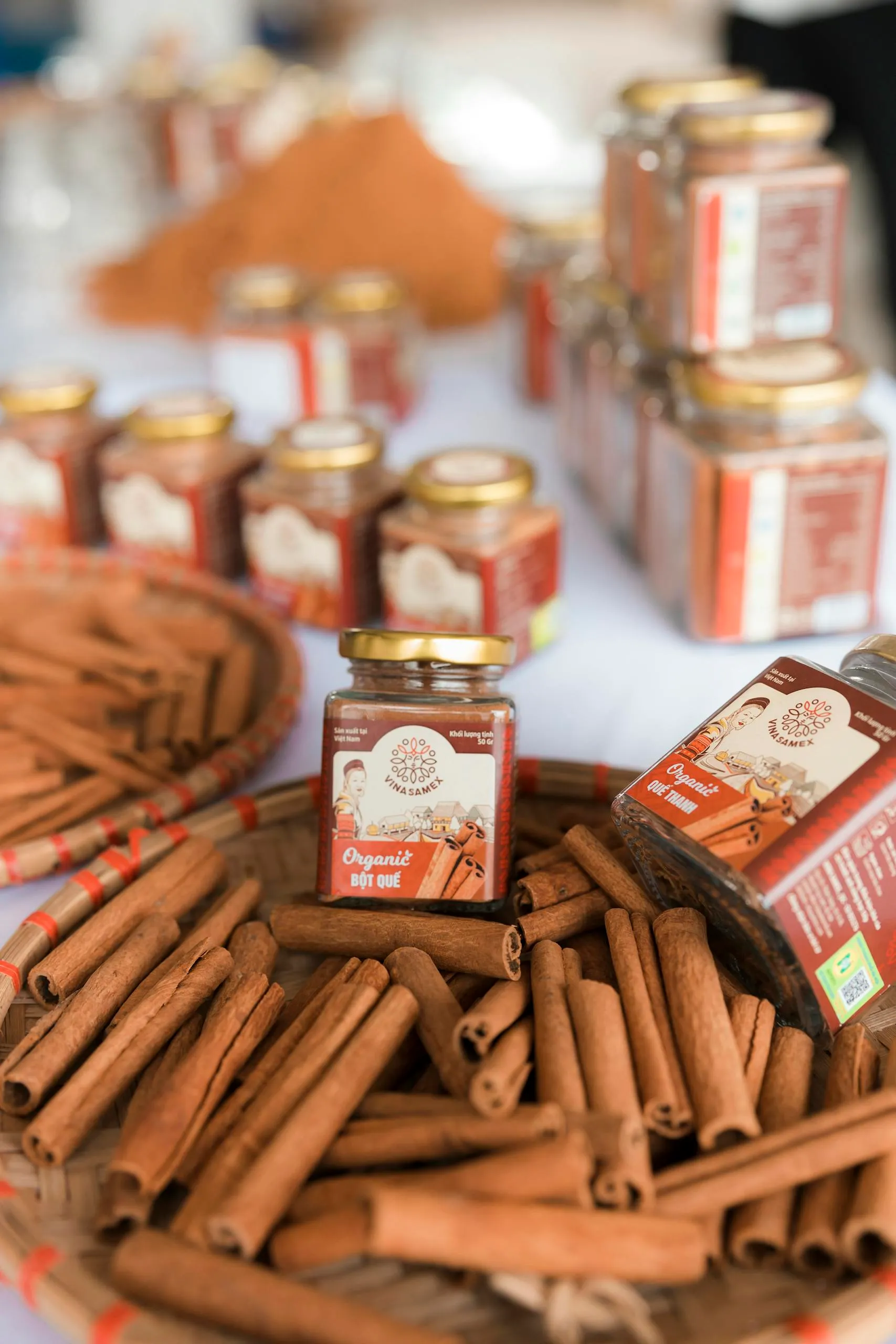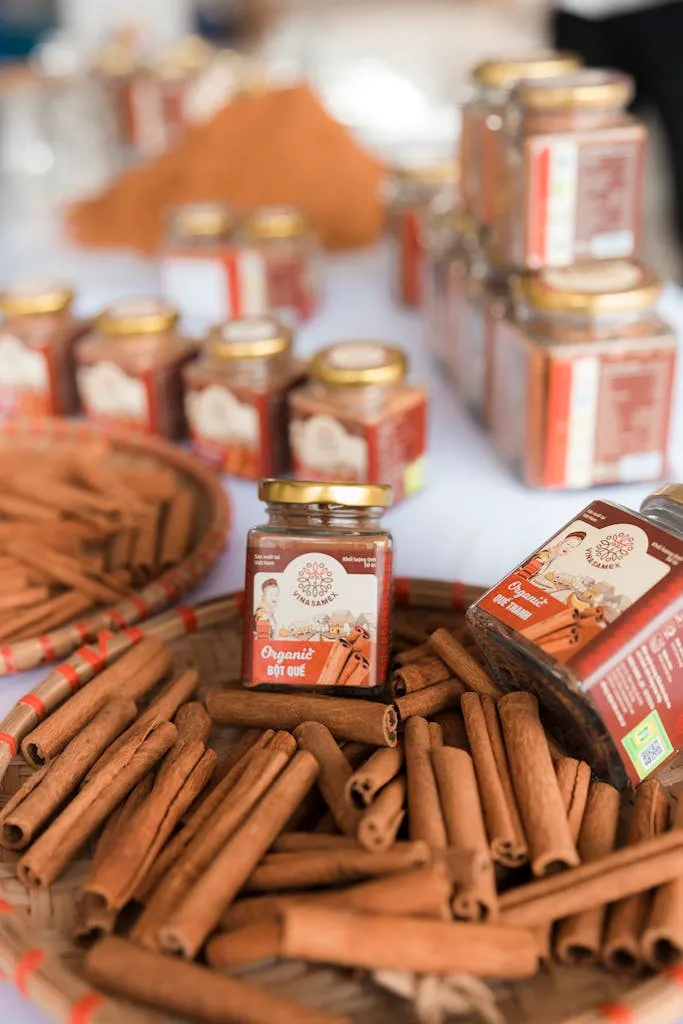Kayu Manis – Cinnamon
Kayu Manis – Cinnamon Tree
Table of Contents
What is Cinnamon Tree?
Cinnamomum burmanni, also known as Indonesian cinnamon, Padang cassia, Batavia cassia, or korintje, is the primary source of cinnamon in Indonesia. It’s an evergreen tree native to Southeast Asia, belonging to the genus Cinnamomum, which includes other cinnamon-producing species.

Fun Facts
- In Indonesia, cinnamon is sometimes called “kayu manis,” which translates to “sweet wood.”
- Indonesia is one of the world’s largest producers of cinnamon.
How is cinnamon produced?
- Harvesting: Cinnamon is harvested by carefully removing the outer bark of the tree and then peeling off the inner bark.
- Drying: The inner bark is then left to dry, during which it curls up into the familiar cinnamon sticks.
- Processing: The dried bark can be sold as sticks or ground into a fine powder.
Can you eat a cinnamon stick?
Overall, eating cinnamon sticks is not recommended. They’re not very palatable, they can be a choking hazard, and they may contain harmful compounds. There are other ways to get the potential benefits of cinnamon, such as by using ground cinnamon in your food.

Which country Produce the Cinnamon?
- Sri Lanka (formerly Ceylon) is widely recognized as the home of the “true cinnamon,” or Cinnamomum zeylanicum.
- Indonesia: The world’s largest producer of cinnamon, mainly the Cinnamomum burmannii variety, known for its strong aroma and bold flavor.
- Vietnam: Known for Cinnamomum loureiroi (Saigon cinnamon), which has a high oil content and intense flavor.
- China: Produces Cinnamomum cassia, a stronger and more pungent type often used in savory dishes.
